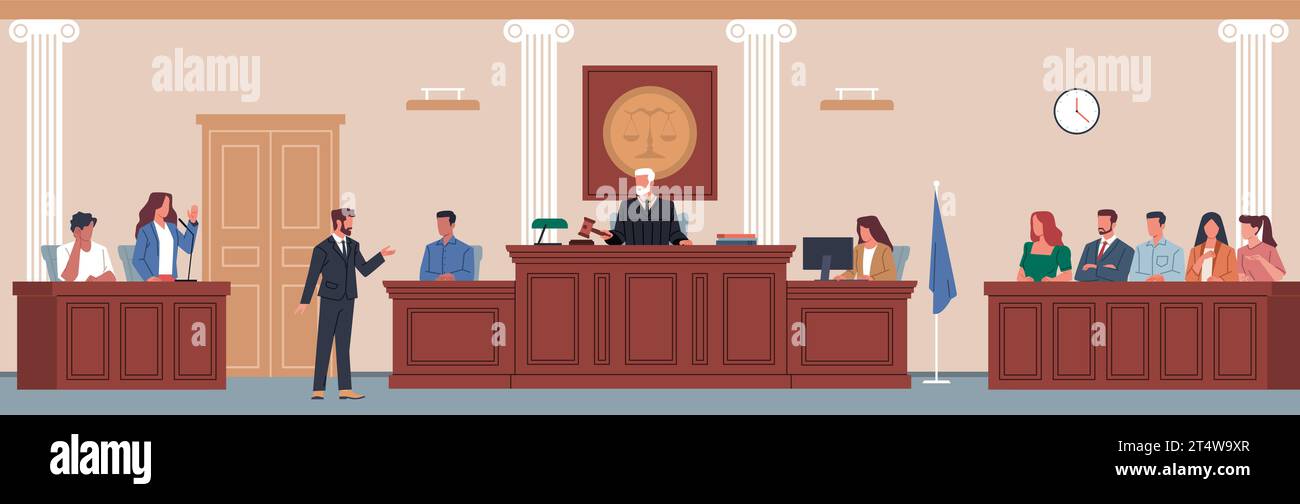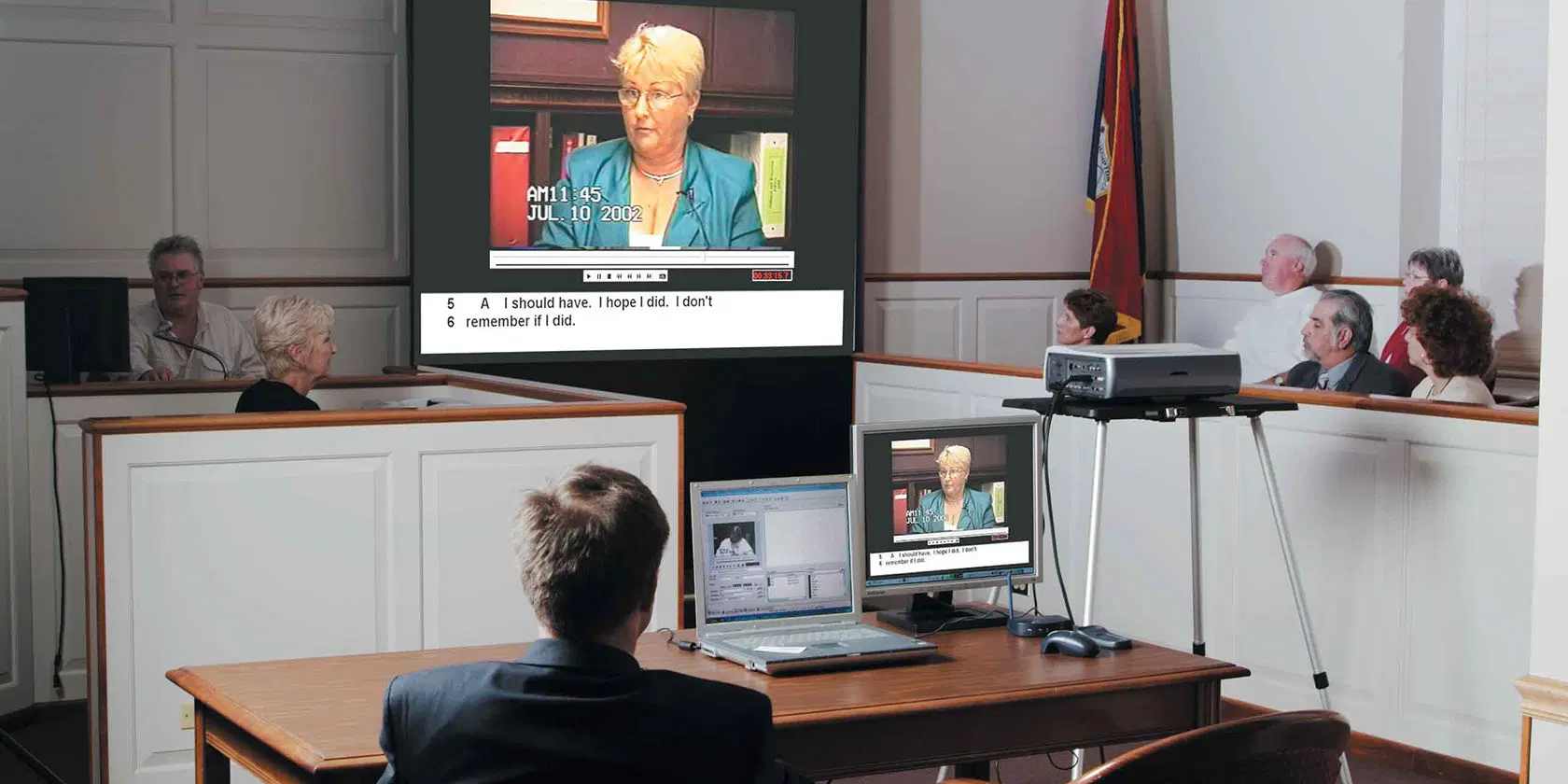Design engaging trial presentations for maximum clarity.
Design engaging trial presentations for maximum clarity.
Blog Article
How Trial Presentations Enhance Your Disagreement and Convince Jurors
Trial discussions serve as an essential mechanism for improving legal arguments and convincing jurors. The tactical usage of visuals not only clarifies complicated information but also catches jurors' interest much more properly than words alone.

Significance of Visual Help
Aesthetic help play a crucial duty in enhancing the effectiveness of trial presentations, as they can considerably boost audience engagement and retention of details. In the context of a test, where jurors are tasked with handling complicated information, aesthetic aids offer to streamline and make clear bottom lines. Graphes, graphs, and images can share information and principles that may or else overwhelm or confuse jurors, permitting a more uncomplicated understanding of the proof offered.
Additionally, aesthetic aids assist in keeping juror focus throughout the process. By damaging the dullness of verbal statement, these devices can punctuate crucial disagreements, making them a lot more remarkable. Effective aesthetic aids can additionally evoke emotional actions, which can be essential in encouraging jurors to straighten with the presenter's story.

Crafting Compelling Stories
A compelling narrative is essential in test presentations, as it acts as the backbone of effective persuasion. It allows attorneys to weave together truths, proof, and emotional elements into a meaningful tale that reverberates with jurors. This narrative structure makes it possible for jurors to understand the complexities of the situation while directing them via the lawyer's debate.
To craft a compelling narrative, lawyers should focus on clarity and comprehensibility. This involves establishing a clear protagonist-- usually the client-- and outlining their trip via the occasions in concern. Providing the truths in a rational sequence boosts understanding and preserves involvement. Additionally, the usage of vivid descriptions can create mental images that help jurors imagine the events, making the story much more memorable.
Furthermore, integrating key motifs throughout the discussion enhances the core message and help in retention - trial presentations. The story ought to not just convey info yet additionally evoke a sense of justice, highlighting the stakes entailed. Eventually, a well-constructed story fosters a link in between the jurors and the case, placing the attorney's debate as both reputable and compelling, consequently increasing the possibility of a positive verdict

Engaging the Court Mentally
Efficient jury engagement rests on the attorney's capacity to get in touch with jurors on a psychological level. This connection can significantly affect jurors' understandings and their best decision-making. Using sob stories permits lawyers to humanize the case, changing abstract lawful principles right into relatable experiences. By presenting real-life tales or testimonials, lawyers can evoke empathy and compassion, promoting a deeper understanding of the problems at risk.
Visual aids, such as photographs or video clips, can better enhance psychological interaction, supplying jurors with vibrant representations of the situation's human components. Crafting a narrative that highlights the battles and accomplishments of the individuals included makes certain that jurors see beyond the lawful debates and acknowledge the human effects of their decisions.
Additionally, tone and body language play an essential duty in communicating feeling. An attorney's passionate delivery can reverberate with jurors, strengthening their emotional investment in the event. description It's important to balance psychological appeals with accurate evidence, making certain that jurors really feel compelled to act while continuing to be based in the truth. Inevitably, a mentally engaged jury is more likely to be persuaded, making psychological link an essential part of reliable test presentations.
Structuring Your Presentation

The body of the presentation need to be rationally fractional into vital points, each sustained by compelling evidence. It is useful to use storytelling strategies to weave facts into a story that jurors can conveniently adhere to. Visual help, such as charts and videos, can improve understanding and interaction, helping to highlight critical pieces of evidence.
Real-World Study
Analyzing real-world study supplies indispensable insights into the art of test discussions and persuasion. The spots situation of "O.J. Simpson v. Individuals of The golden state" highlights exactly how visual aids and engaging narratives can persuade court assumptions. The protection team effectively employed a strategy that incorporated prominent professional testaments with multimedia discussions, which mesmerized jurors and ultimately affected their choice.
One more notable instance is the "McDonald's Coffee Instance," where the plaintiff's lawyers utilized graphic pictures of the injuries received by Stella Liebeck. trial presentations. This stark aesthetic proof played an essential function in communicating the severity of her burns, causing a significant court honor. Such instances demonstrate that impactful trial presentations usually rest on the efficient combination of visuals and narration to stimulate psychological reactions from jurors
Moreover, the "Casey Anthony Test" highlighted the importance of narrative coherence and integrity. The prosecution's failure to establish an engaging timeline reduced their influential power, underscoring the necessity of a well-structured presentation. Look At This Examining these situations discloses that effective trial presentations need calculated planning, emotional engagement, and the capacity to reverberate with jurors' worths and beliefs.
Conclusion
Trial presentations considerably improve debates and persuade jurors with the Clicking Here strategic use of aesthetic aids, compelling stories, and emotional interaction. A well-structured discussion equilibriums emotional appeals with accurate proof, ultimately reverberating with jurors' worths.
Report this page